Boston Children's Museum
308 Congress Street, Boston, MA 02210
617-426-6500
© Boston Children’s Museum 2025
Website Design by Jackrabbit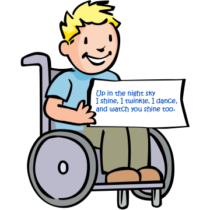
Looking up at the sky has inspired scientists, artists, musicians, poets, writers, and cultures around the world for thousands of years. Few things are as universally stirring, and while cultures and landscapes may vary around the world, the sky above us unites us all and finds expression in many forms. One of these forms is haiku, which is not only a low-barrier introduction to elements of poetry like form, sound, meter, mood, dominant impression, and more; it is also a way to connect with the science of “looking up”, to build vocabulary, and to learn more about a tradition from another culture.
VIEW ACTIVITY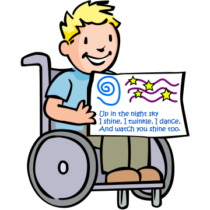
Looking up at the sky has inspired scientists, artists, musicians, poets, writers, and cultures around the world for thousands of years. Few things are as universally stirring, and while cultures and landscapes may vary around the world, the sky above us unites us all and finds expression in many forms. One of these forms of expression is haiga, which is a companion art form to haiku. Haiga paintings are inspired by listening to haiku poems. Try this activity after doing the Sky Haiku activity from this curriculum, and give your students another chance to reflect on the sky and the universe through art.
VIEW ACTIVITY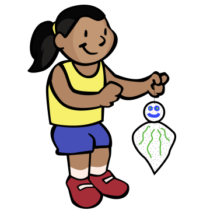
Many cultures have traditions related to weather, weather prediction and even trying to influence the weather, making the topic of meteorology not only a great entry point to science, but also to the shared connection every culture has to weather events. This activity is a great introduction to Japanese culture and a fun way to connect science, culture, and art together.
VIEW ACTIVITY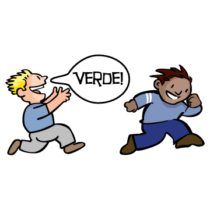
This game has lots of advantages—not only does it give kids a chance to run around and get some exercise, but it also sharpens their observation skills; helps younger children with their colors; and exposes children to another language and culture.
VIEW ACTIVITY
Kids in African countries like South Africa play soccer with the same kinds of soccer balls that children all around the world do. But sometimes leather soccer balls are hard to come by, so some children have to improvise and make their own out of whatever they can find. This activity highlights how inventive and industrious children can be when they may not have all the resources they need.
VIEW ACTIVITY
Providing a context to an activity can help to give it significantly more meaning for children. Before doing the My Own Soccer Ball activity, read this story to children and learn a little more about life and soccer in Kenya.
VIEW ACTIVITY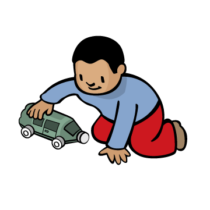
Kids in African countries such as Ethiopia, Malawi and Kenya love to play with toys that they buy in stores or receive as gifts…just like the children in your afterschool program. In many countries across Africa, some children might not have a toy that they would like…so they improvise and make their own out of whatever they can find. This activity, called “Mekena” in Ethiopia and “Galimoto” in Malawi and Kenya highlights how inventive and industrious children can be when they put their minds to it.
VIEW ACTIVITY
Providing a context to an activity can help to give it significantly more meaning for children. Before doing the Mekena engineering activity, read this story to children and learn about a real Mekena builder from Ethiopia.
VIEW ACTIVITY
Communities from all over the world use folktales to convey cultural beliefs and practices. In parts of Liberia, elders tell folktales to children in the palaver hut, a place the community also uses for conflict resolution.
VIEW ACTIVITY
Adinkra are unique symbols created in West Africa, especially in Ghana. They are often used on pottery, woodcarvings, in logos, and they are especially beautiful when stamped on fabric. The Ashanti people of Ghana originally created Adinkra cloth to wear on special occasions, like funerals and weddings, and to important religious ceremonies. Adinkra stamps are symbols that represent specific feelings, events, things, or places.
VIEW ACTIVITY